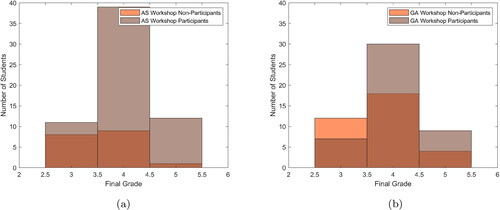Figures & data
Figure 1. An overview course project: an excavator and its composing parts.
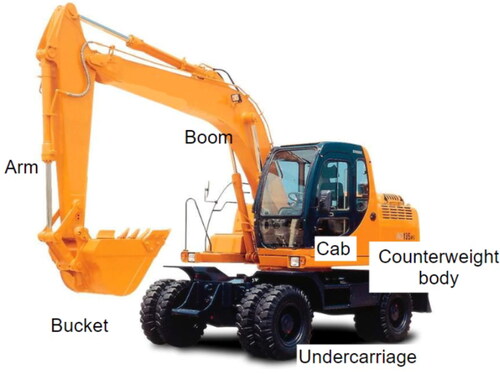
Figure 2. Design research methodology.
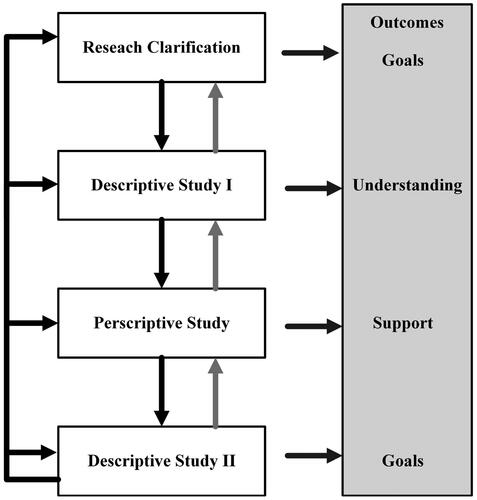
Figure 3. Idea-board outcome from the teacher brainstorming session.
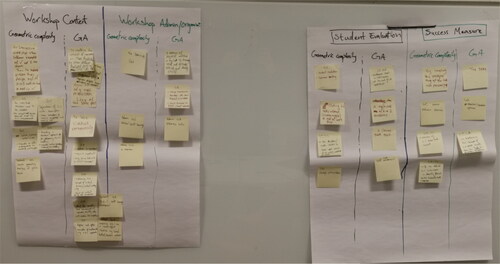
Figure 4. Workshop advanced surfaces.

Figure 5. Workshop geometry assurance.

Figure 6. Participant evaluation of the workshop, 1-strongly agree to 5-strongly disagree. (a) Advanced surfaces workshop. (b) Geometry assurance workshop.
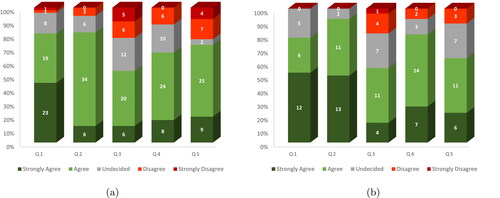
Figure 7. Teacher evaluation of the impact of the workshops. (a) Advanced surfaces workshop. (b) Geometry assurance workshop. (c) Workshops overall impact.
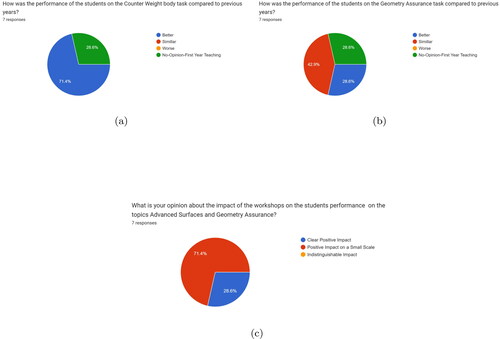
Table 1. Summary of the workshop impact results.
Figure 8. Performance of the students participating in the workshops considering the project grade. (a) Advanced surfaces (AS) workshop. (b) Geometry assurance (GA) workshop.
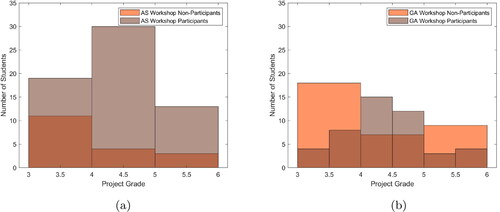
Table 2. Summary of final and project grades.
Figure 9. Performance of the students participating in the workshops considering the final grade. (a) Advanced surfaces (AS) workshop. (b) Geometry assurance (GA) workshop.
